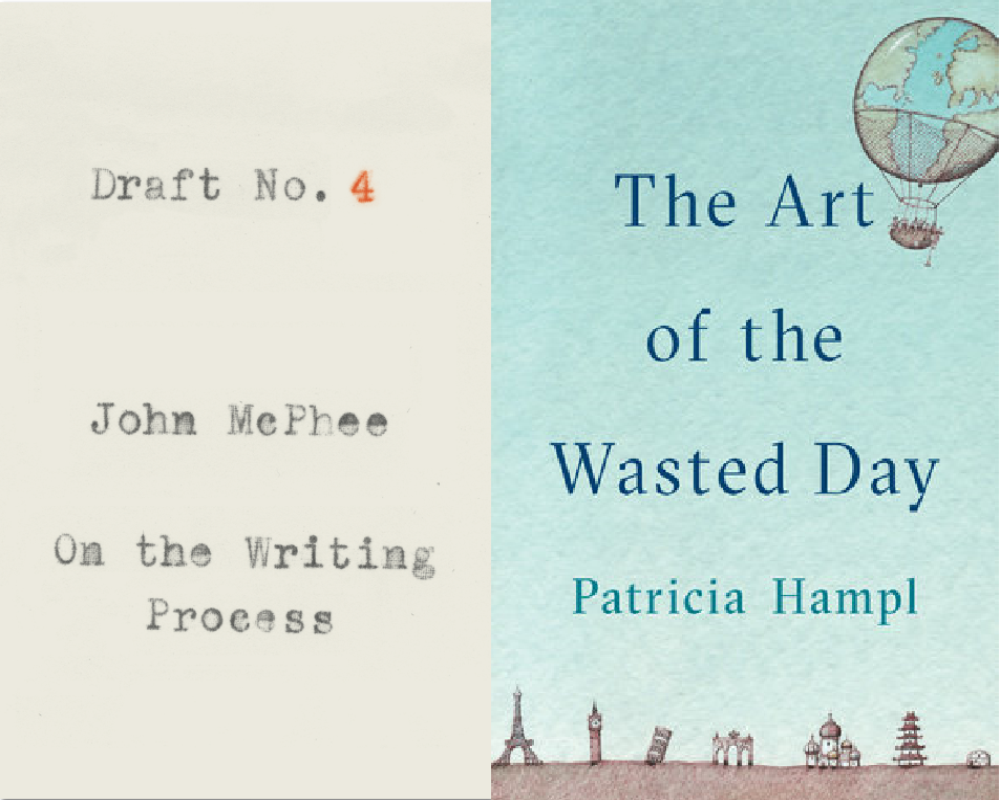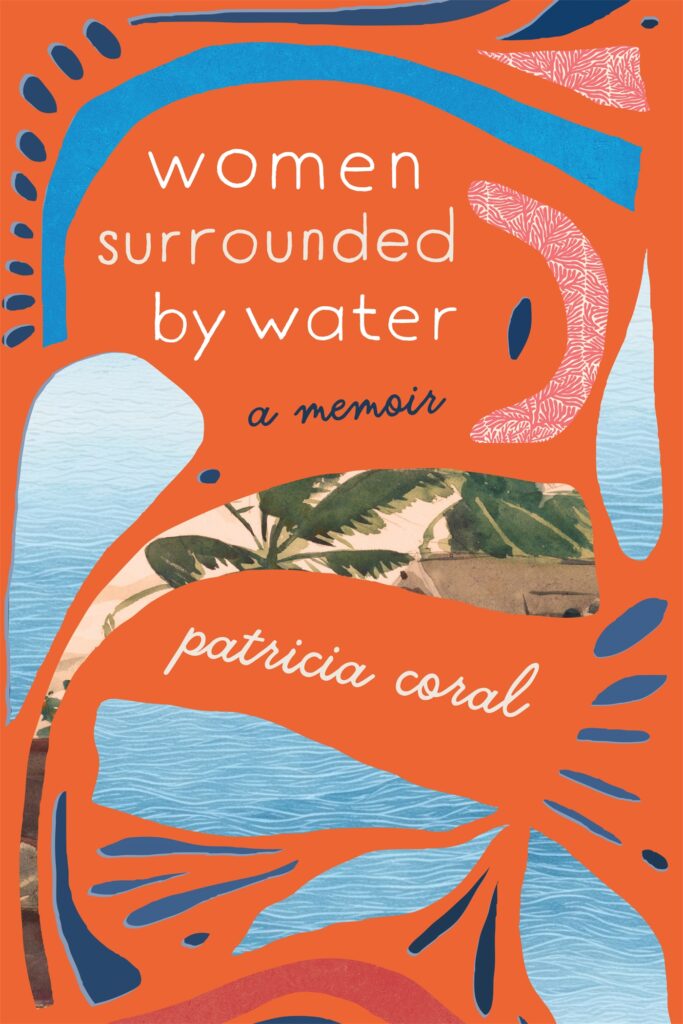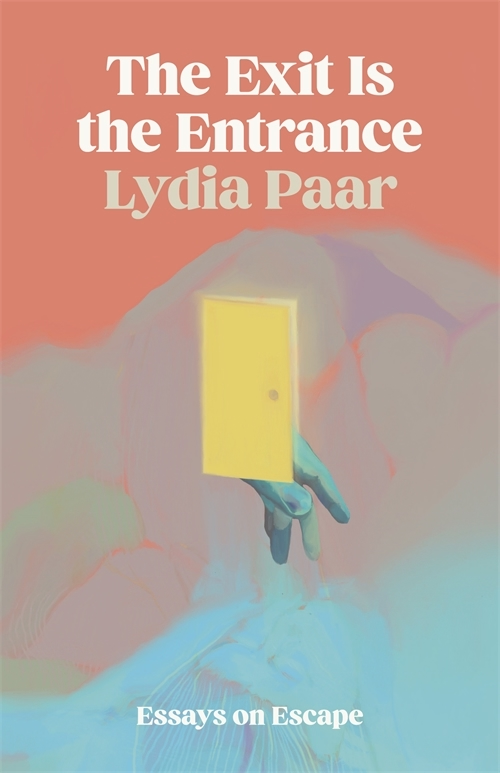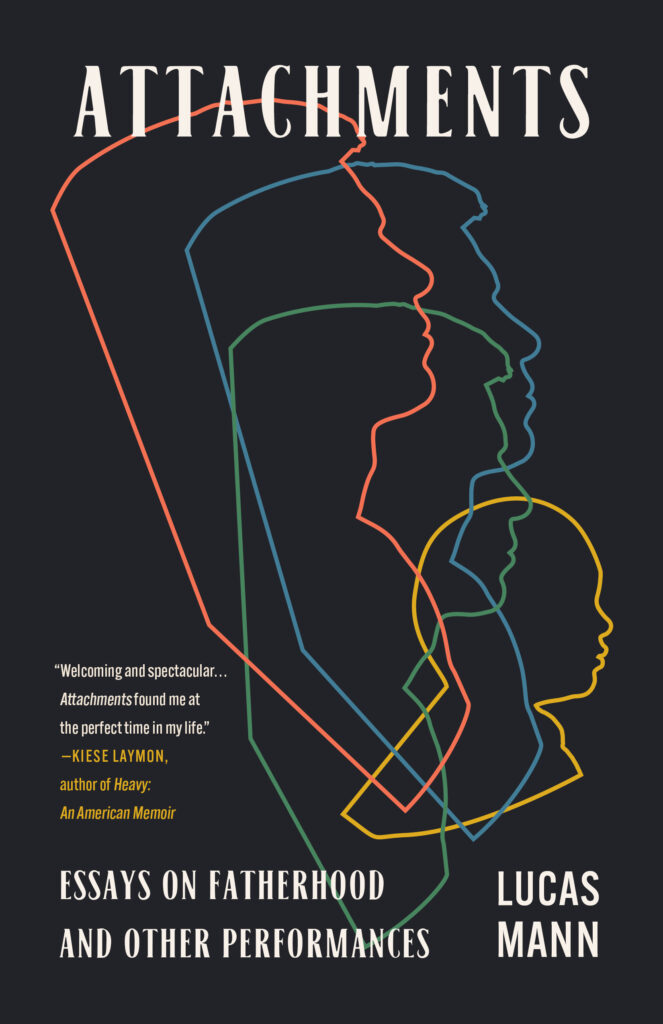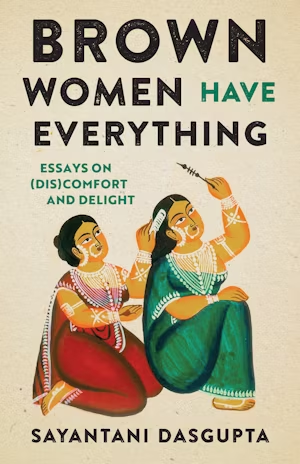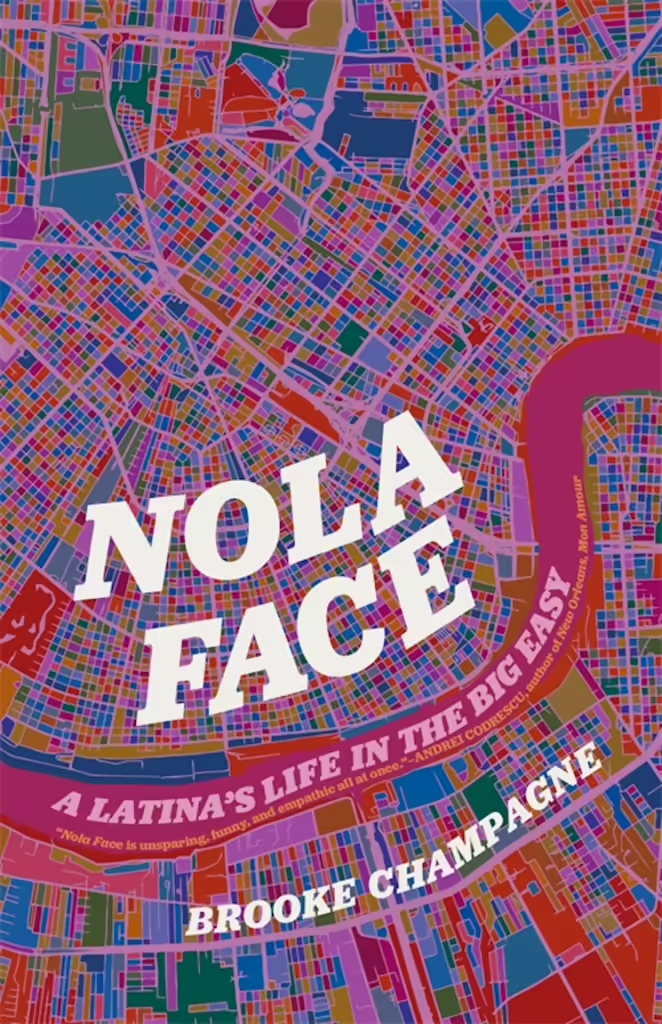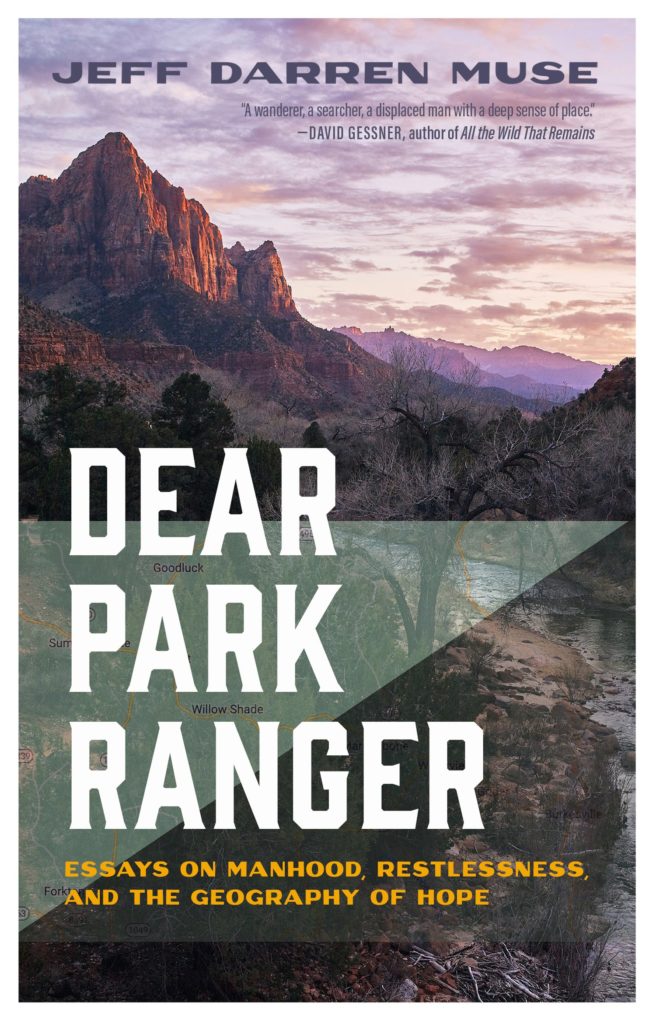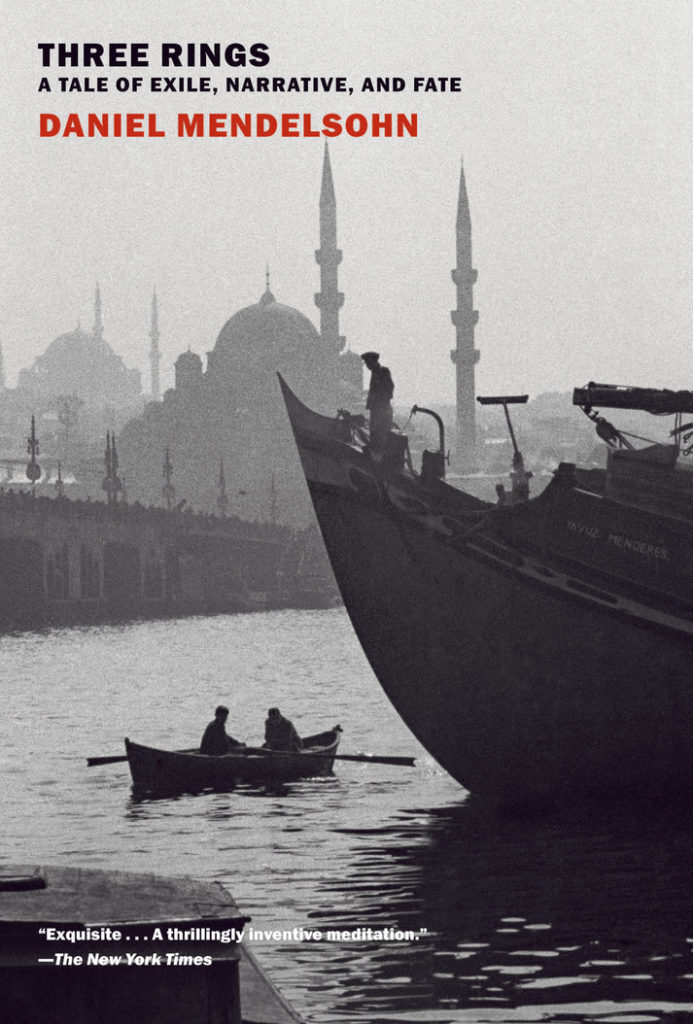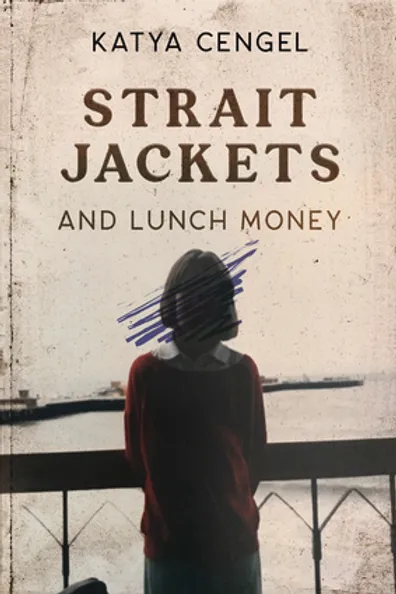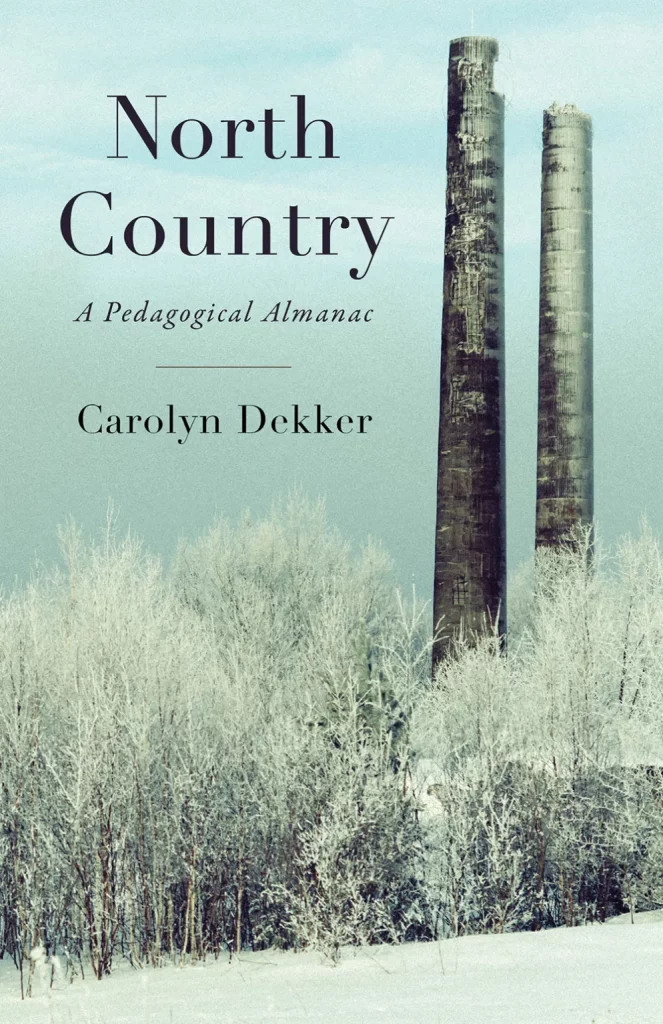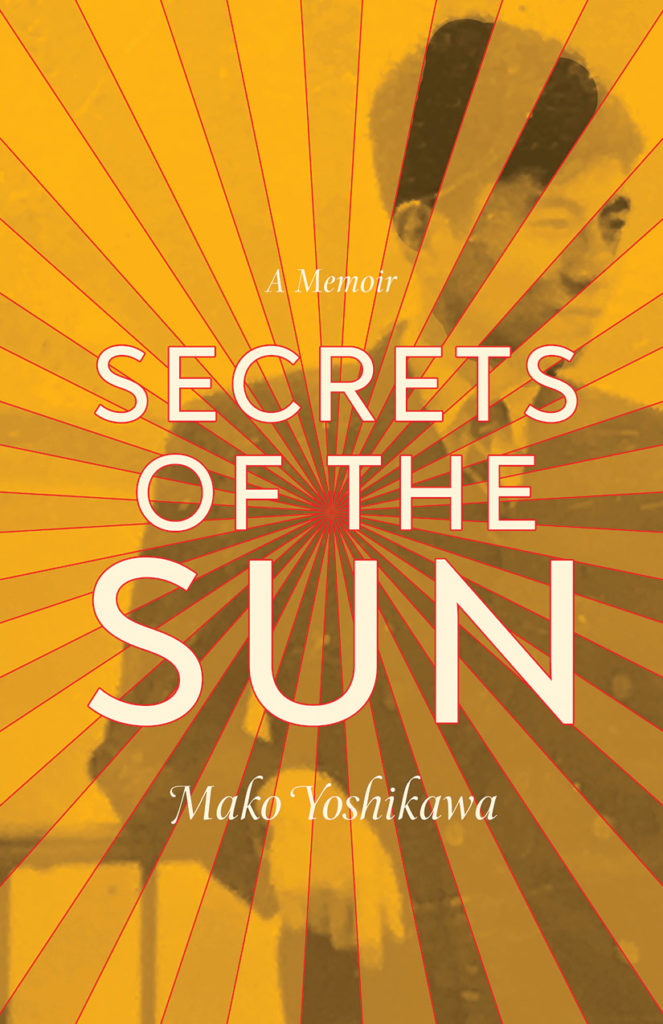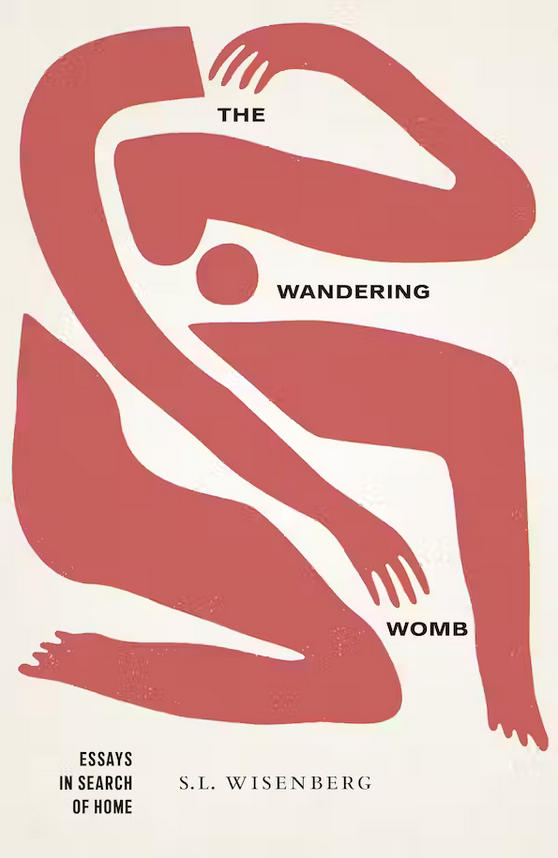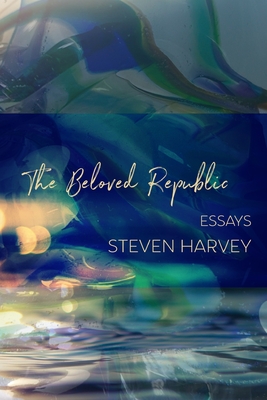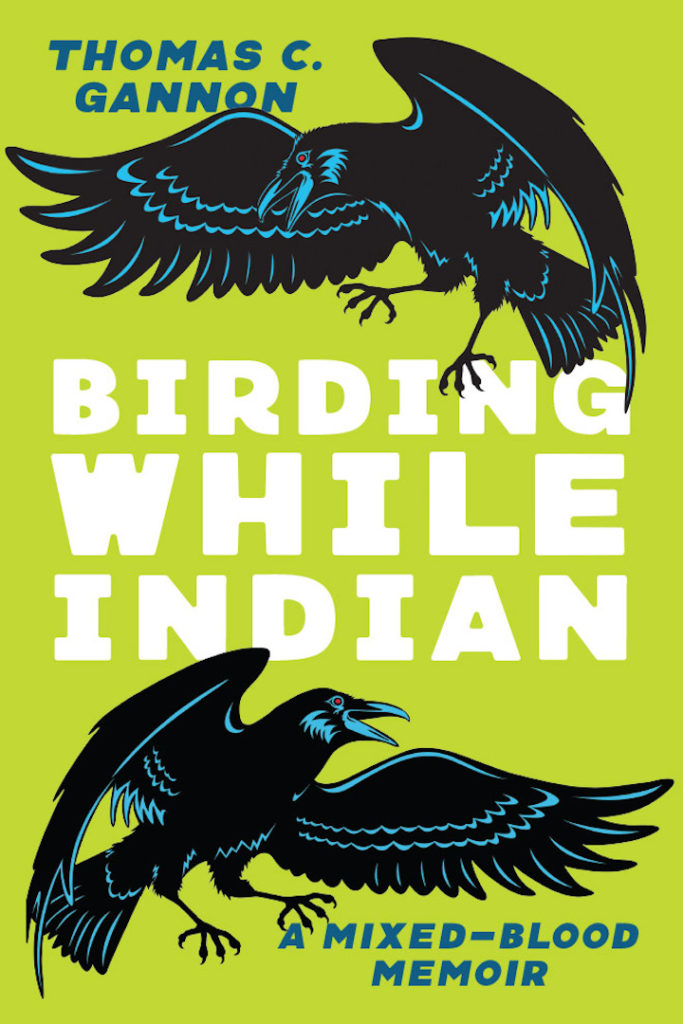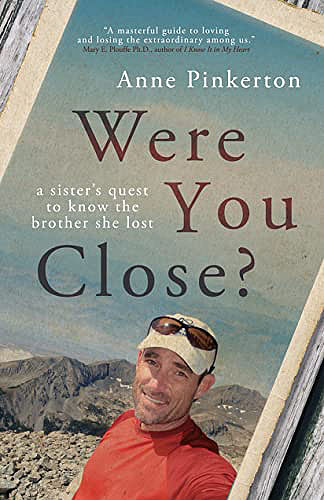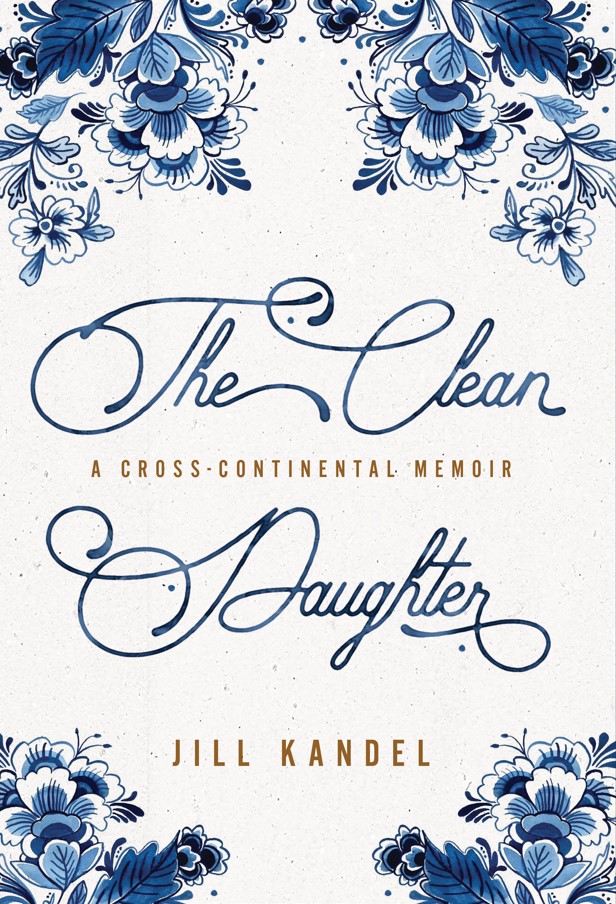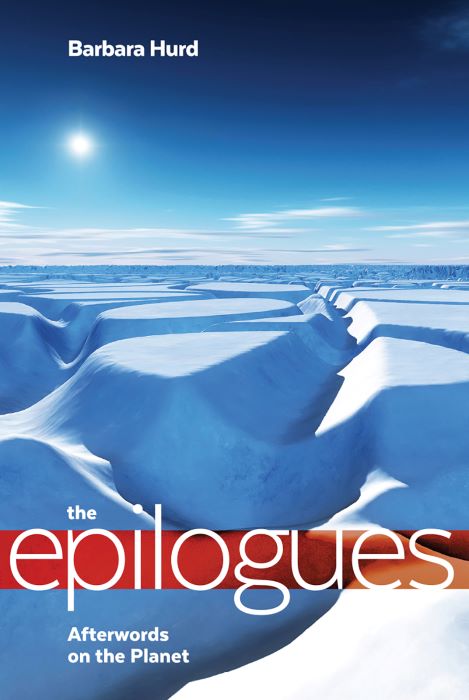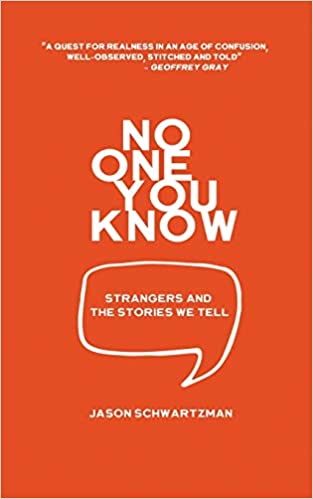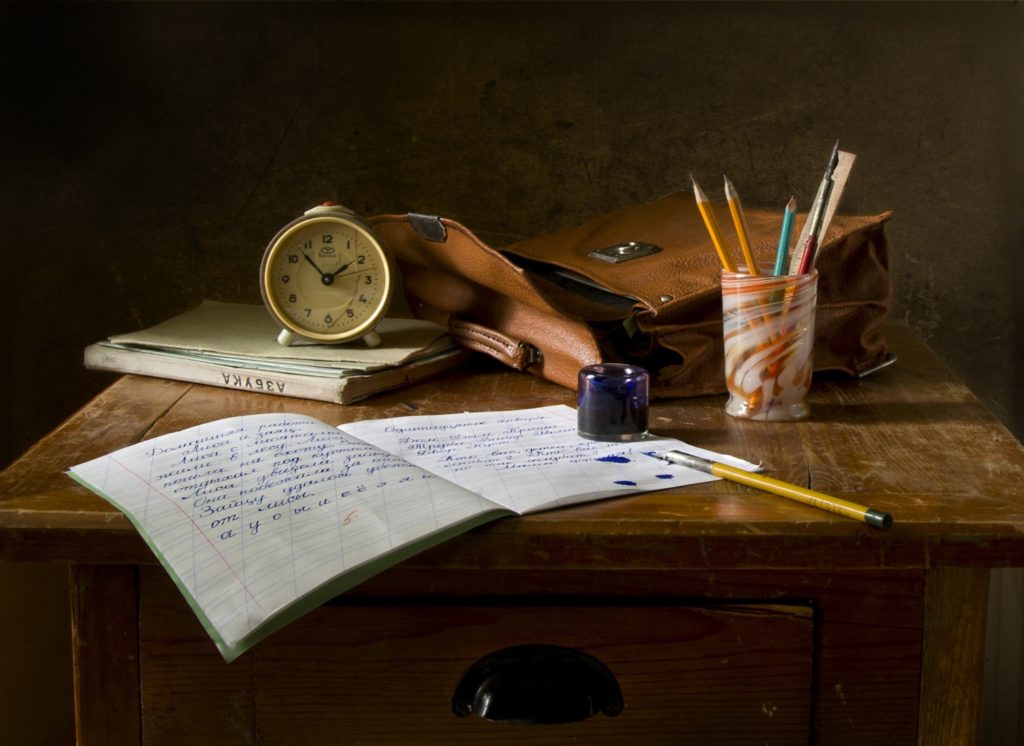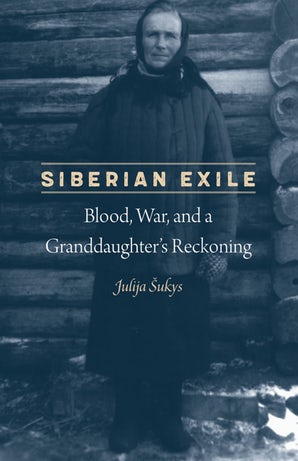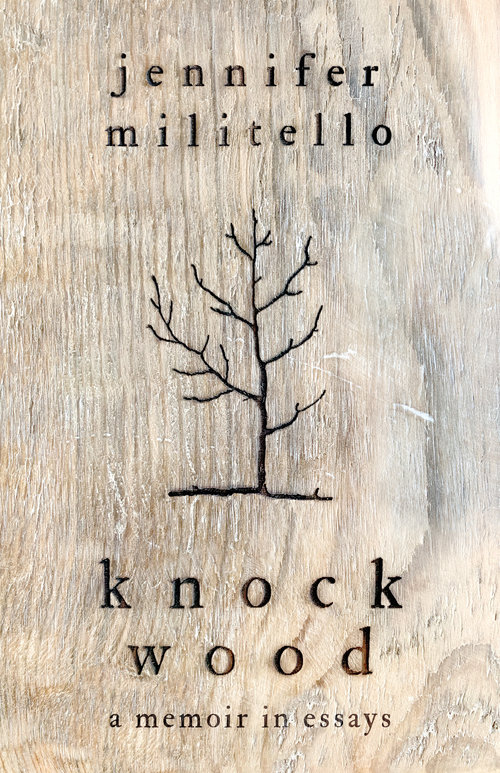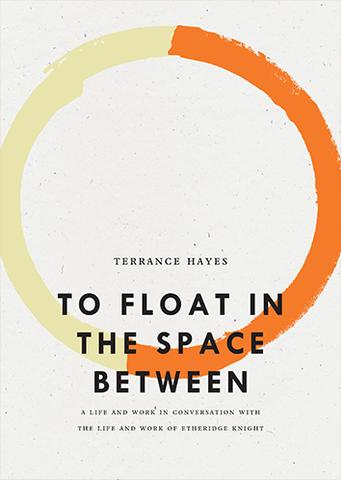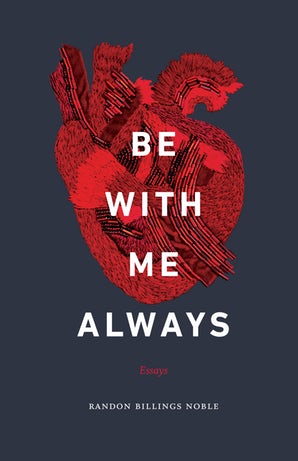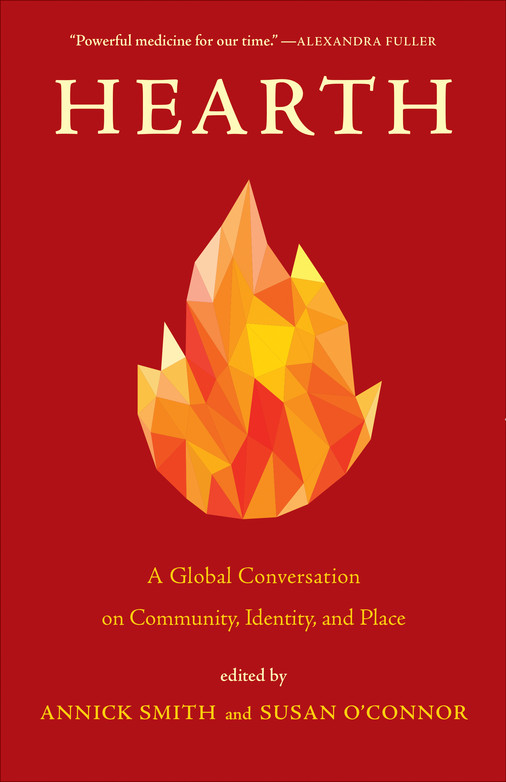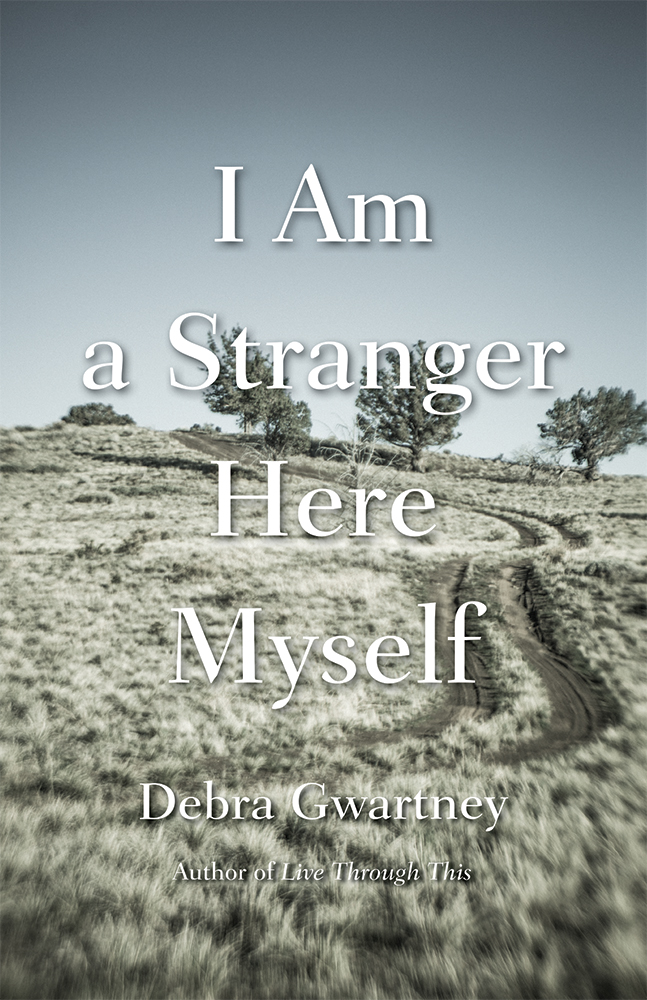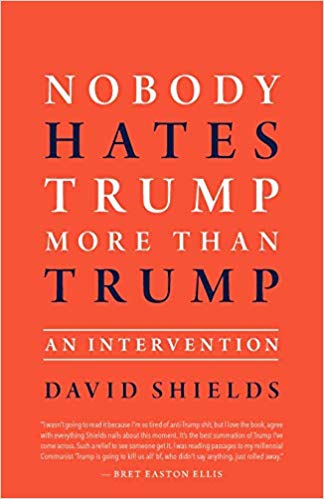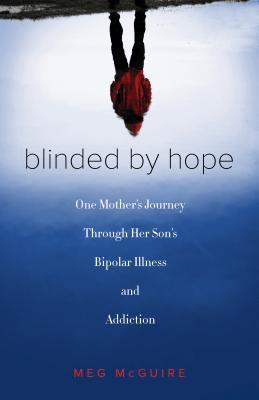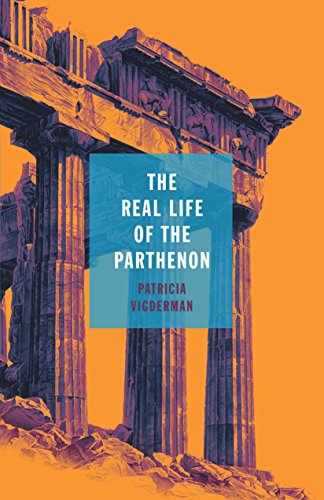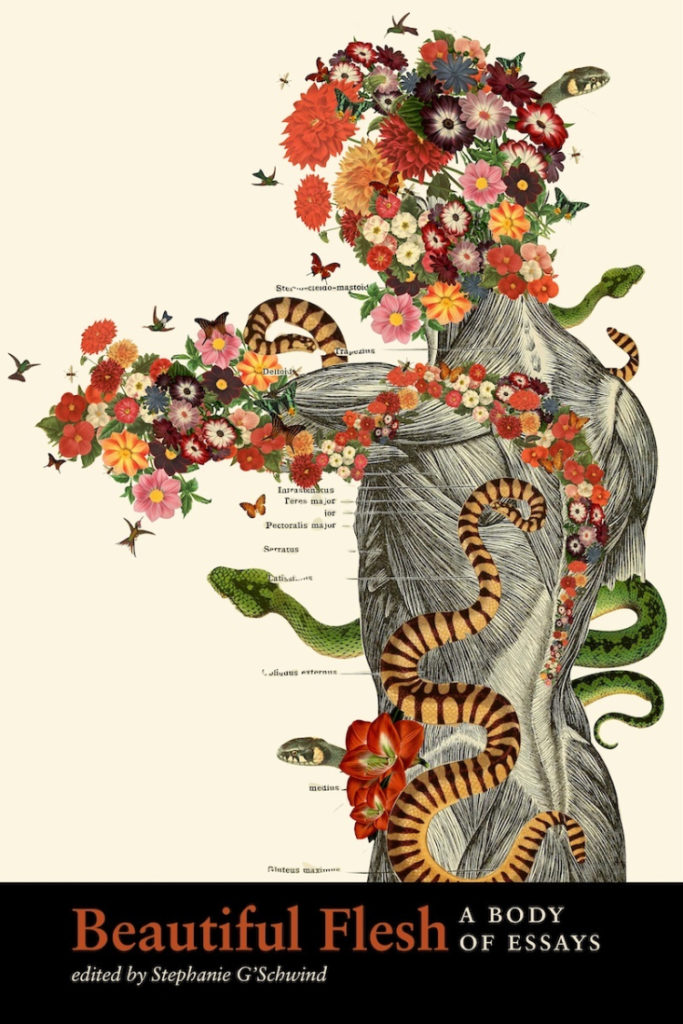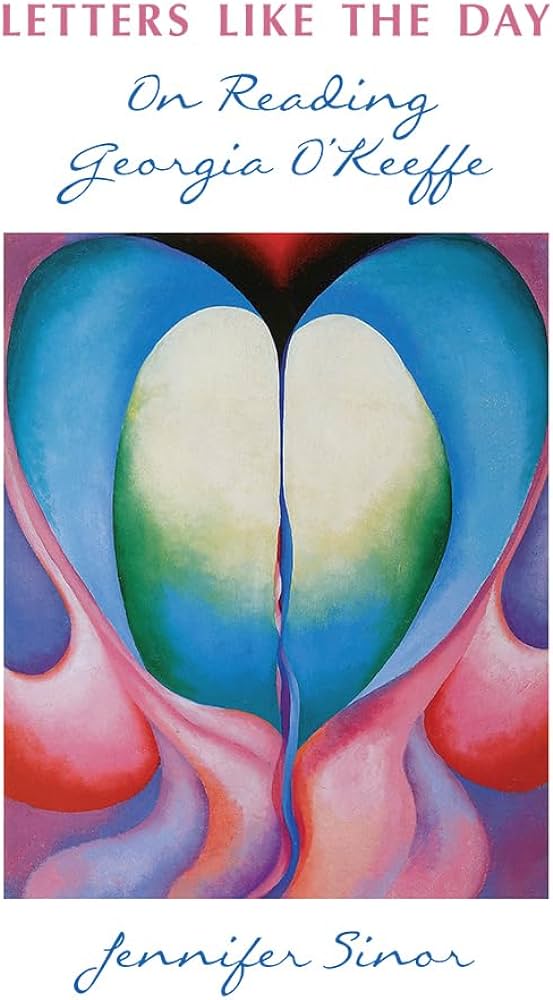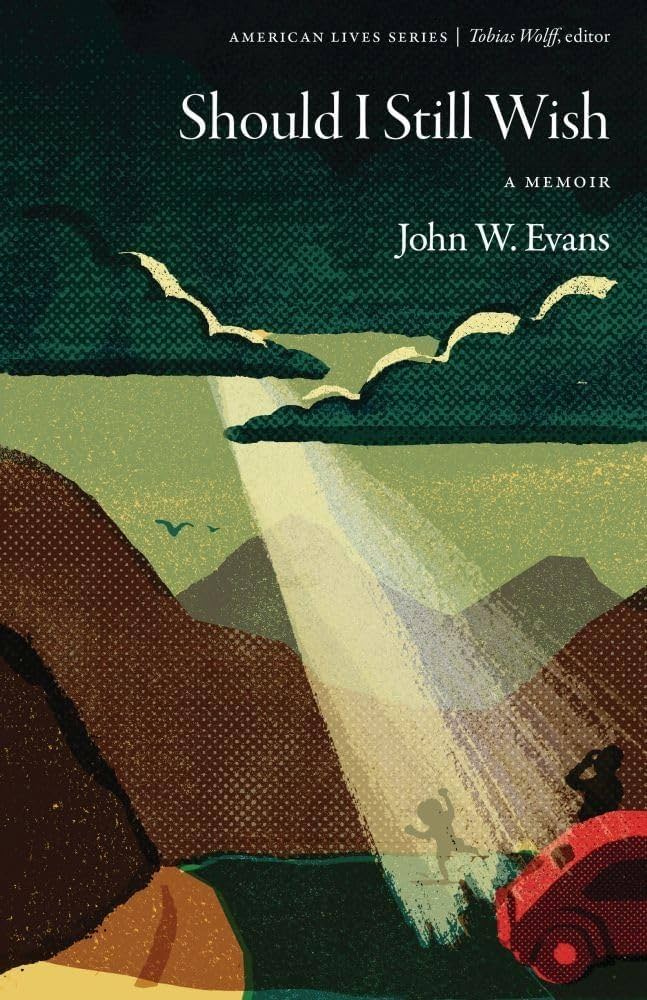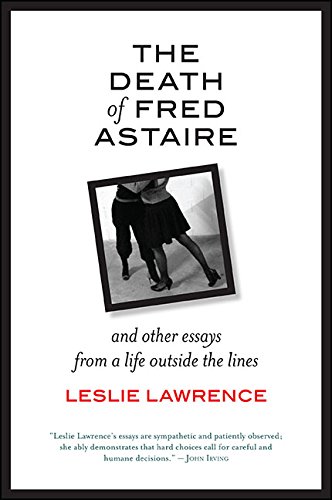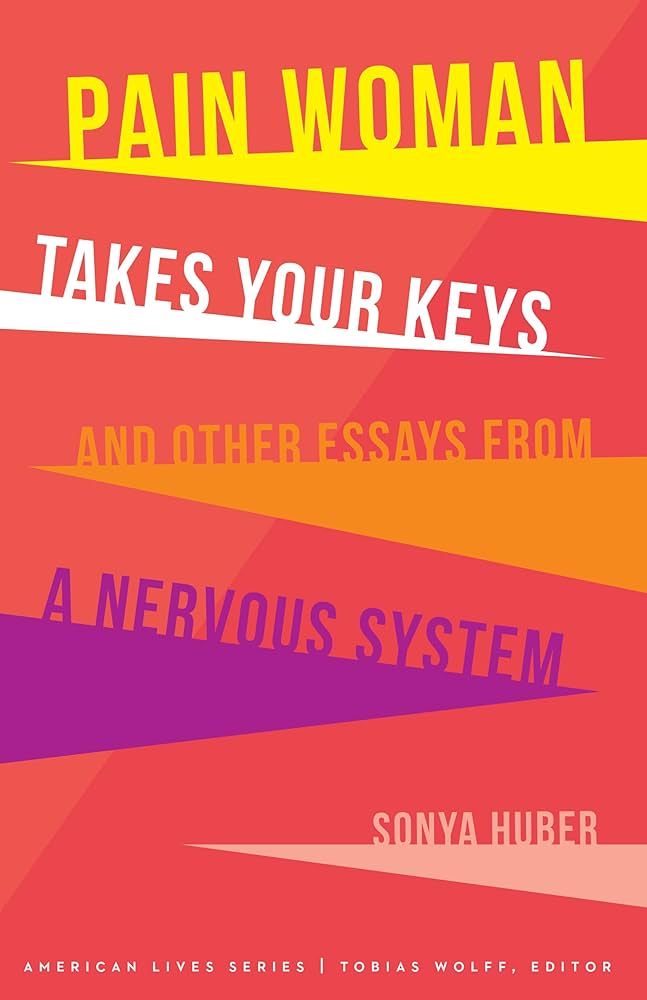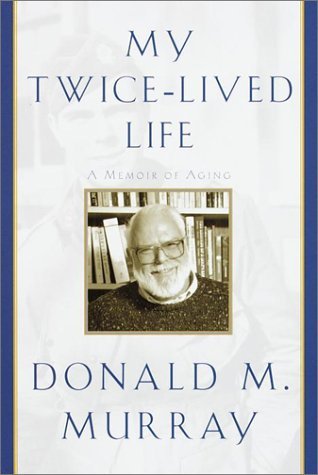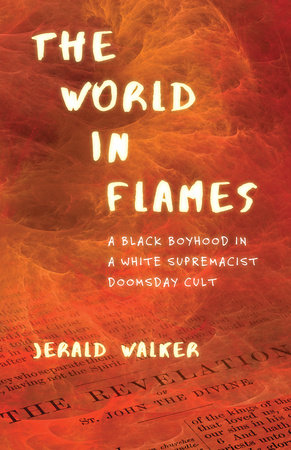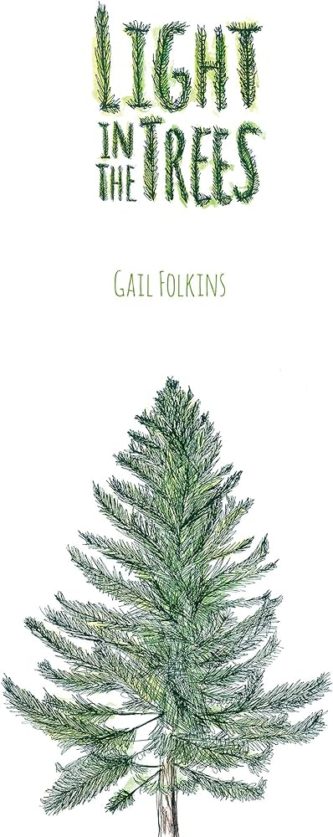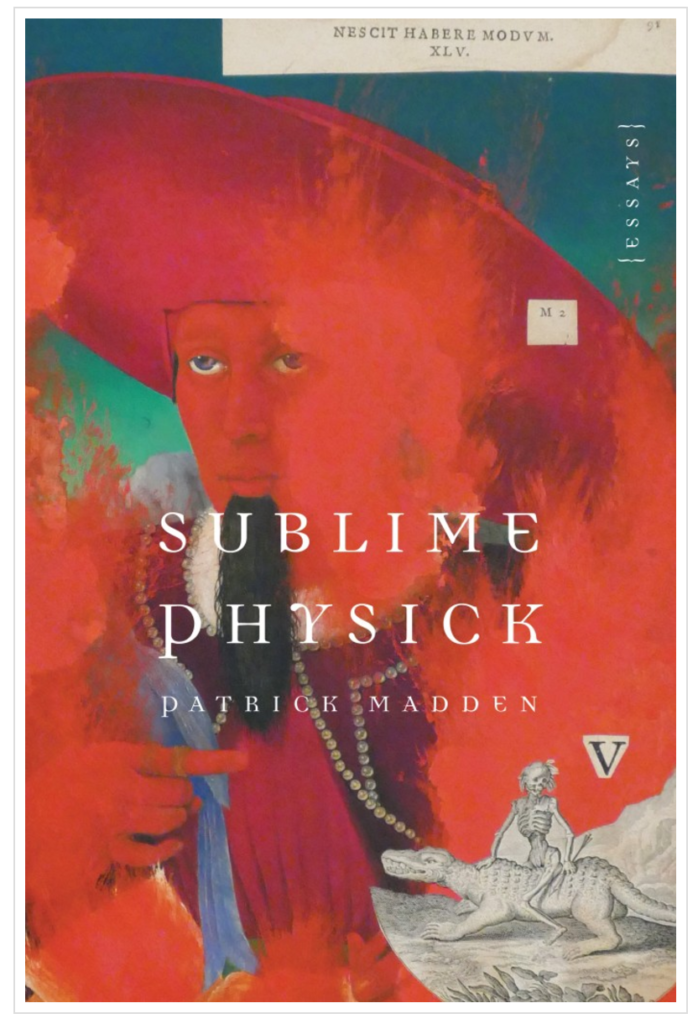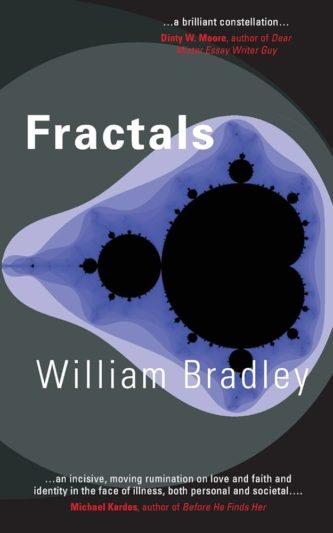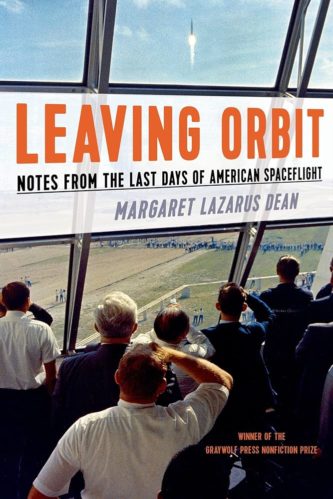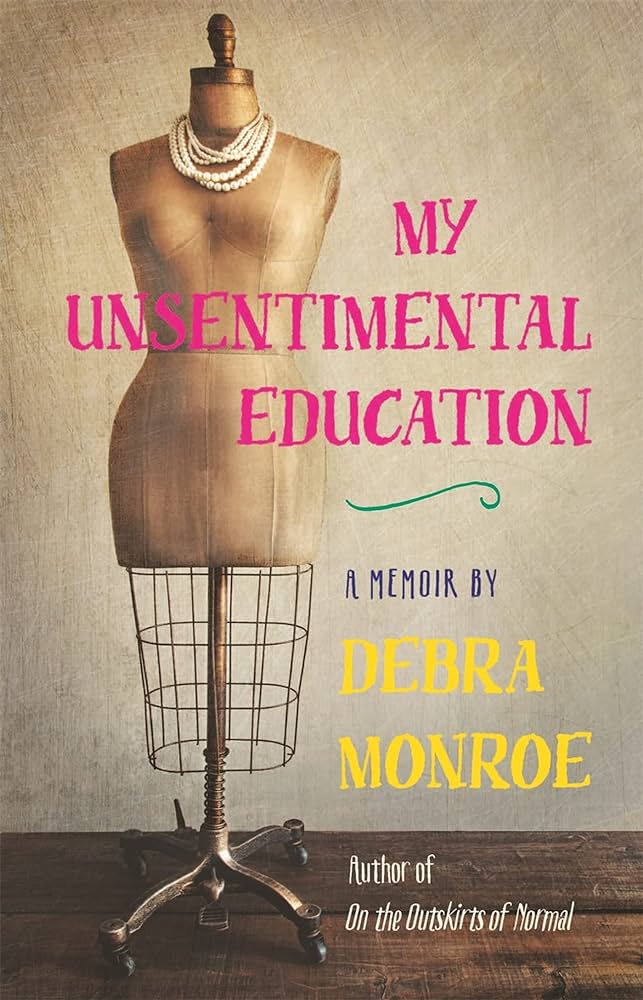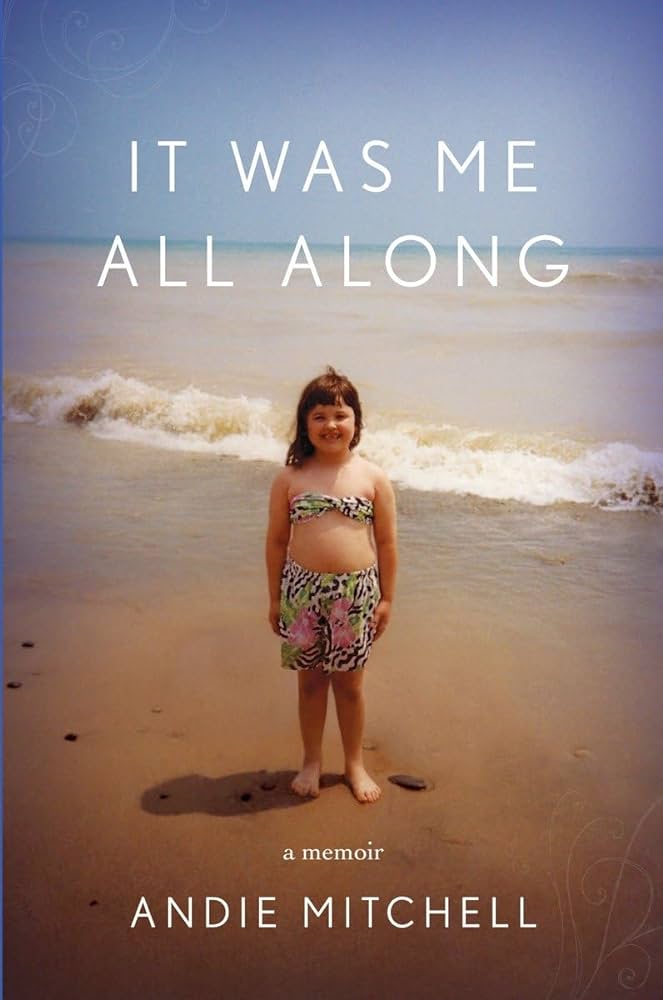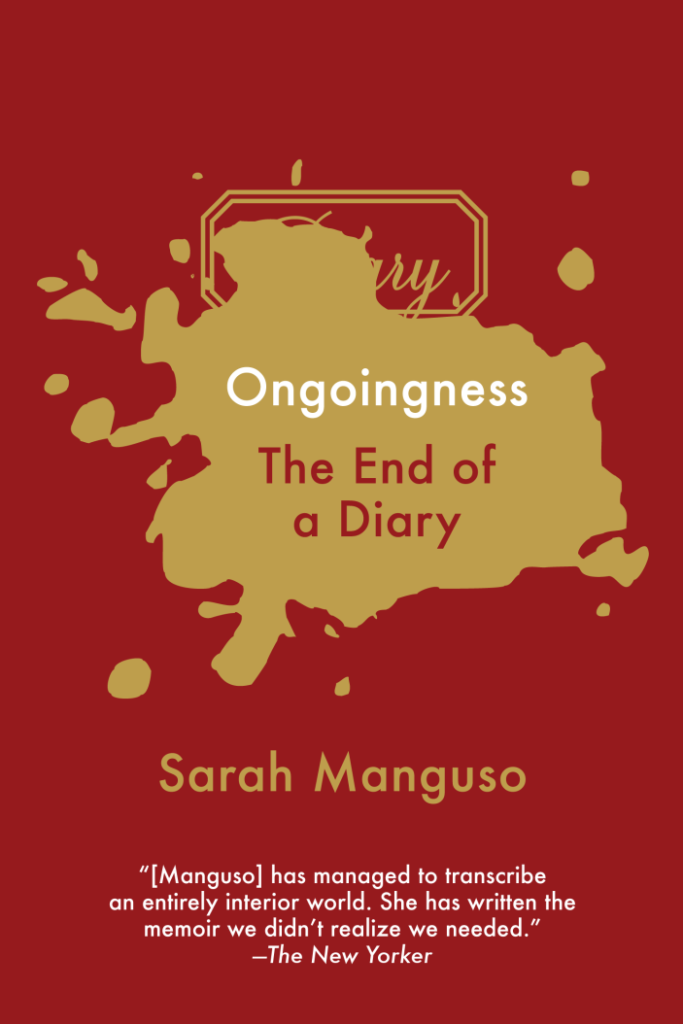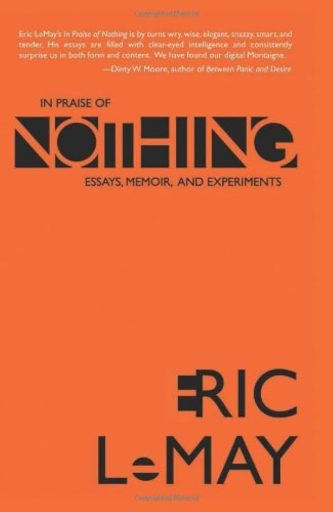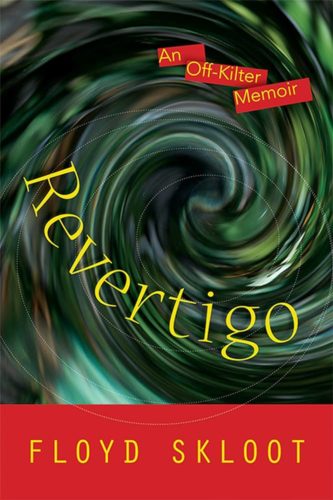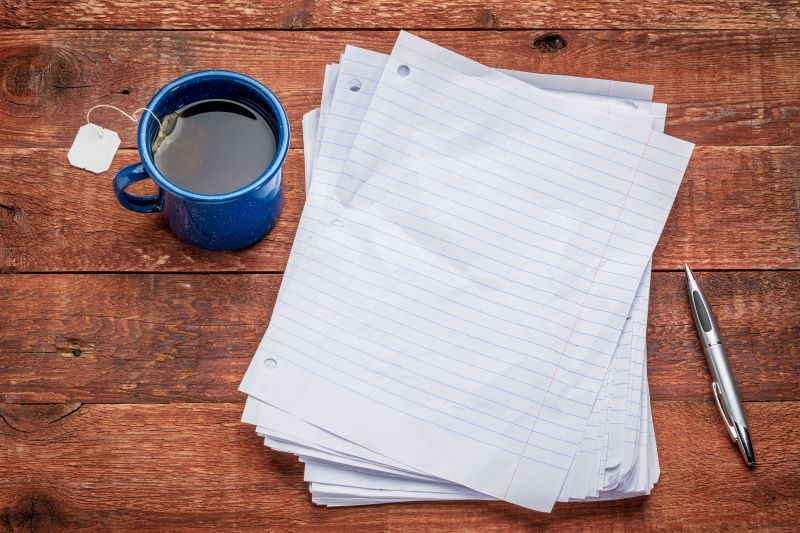By Robert Root
The Art of the Wasted Day by Patricia Hampl
Draft #4: On the Writing Process by John McPhee
The next time you stop by my house, ask to see my copy of Patricia Hampl’s The Art of the Wasted Day, her most recent book. You may not know that long ago, feeling guilty about writing in the margins of books, I began dogearing pages where the author wrote something I hoped to remember. Some people think that’s as bad as writing in the margins, but I can always turn the corners of the pages back up again. In fact, that’s what I do if, upon rereading, I no longer can figure out what I thought was significant there.
Not all books invite me to do that, of course, although I’ve now read Walden at least a dozen times and still find un-dogeared pages I feel a need to mark. I read the same edition of the book each time and the dog-earring has nearly doubled its width. I’ve only read Hampl’s book twice in the past month, so only a dozen or more pages have corners turned down and, so far, I’ve typed up passages from only half of them.
At the moment most of the passages I’ve copied have to do with her musings on the nature of the essay, particularly as exemplified in the writing of Michel de Montaigne. Clearly that thread of the book was most urgent for me—like her, I’ve done some literary pilgrimages (to Walden Pond, for one) while Montaigne’s tower is one site I long to visit—but I was aware on first reading that other threads running through the chapters are equally significant and hard to separate from one another.
From time to time an allusion she makes to somewhere she’s been in the past or some writing she’d done earlier in her career would make me pause to at least glance at—if not get up and rummage through—the Patricia Hampl section of my bookshelf. I’ve read everything, from the early poetry and nonfiction through her later memoirs, and regularly teach from her books and essays.
I was captivated by Spillville, that slim volume of short chapters alternating between Dvorak’s time in Iowa and her own efforts to find traces of him there, interspersed with engravings by Steven Sorman. It opened a world of possibility for the writing I would compose and teach. I was entranced by A Romantic Education, especially the early scenes of her interactions with her Czech grandmother, which brought to mind my own closeness to my Polish-American grandmother. When I heard her say at a Michigan State University workshop “You tell me your story and somehow I get my story,” I took it as a defining motto for the field of creative nonfiction. She repeats the line in The Art of the Wasted Day.
Essayist, memoirist, literary theorist, Patricia Hampl has been an essential figure in nonfiction for over three decades. Her books vary in emphasis—Virgin Time, I Could Tell You Stories, Blue Arabesque, The Florist’s Daughter—while they remain consistent in thoughtfulness and expression. Though I revel somewhat in discovering an allusion to her earlier work, in the end I’m aware that the riches of The Art of the Wasted Day are accessible to any reader unfamiliar with her writing. Her intermittent discussion of Montaigne’s essays makes the reader more alert to Hampl’s own essays. She tells us that “the secret life of an essay is to lift the veil on the process of thinking, that most intimate of acts, to reveal not a thought, but thinking. As [Montaigne] said of his project, I don’t portray being, I portray passing.” She repeats that quote throughout the book. She also exemplifies it on every page.
What amazes me is how organically Hampl links various threads of reflection. Literary discussion leads into travel narrative, considerations of creativity lead into autobiography, and often we’re surprised by bursts of a one-sided conversation she’s had with her husband. Late in the book—I dogeared this page on my second reading—she says,
We write to a singular other whom we must allure, embrace, enchant. . . . In the act of writing the writer is never really alone, even though being alone is the one thing we recognize as our chance for authenticity, for surprising ourselves out of predictability.
A little earlier, after a few paragraphs reflecting on the idea of Montaigne in his tower as being “Alone in a room with words,” she writes, “In a moment of great tenderness I once confessed—I wonder if you remember this—that I loved living with you. It’s like being alone, I said happily. You cocked your beautiful brow and said mildly, I gather that’s a compliment.”
Throughout the book, moments like this arise unexpectedly, not so much narrative as conversation—as if the reader has been listening in all this time to the writer’s interchanges with her late husband, explaining what she has been up to and what she thinks about it and what she remembers them talking about in regard to her various expeditions. Her husband is the “singular other” to whom she has been composing this book, and there are many more moments of great tenderness in its pages. She doesn’t portray being, she portrays passing, and rivals Montaigne in the power and perception she brings to life on the page. The Art of the Wasted Day is both profound and personal, simultaneously an exemplary exposition of the essayist’s art and an insightful meditation on it.
* * *
One of the curious features of John McPhee’s latest book is that the cover and the title page both read, in typescript letters,
Draft #4
John McPhee
On the Writing Process
as if the publisher is avoiding the suggestion that “On the Writing Process” is a subtitle and emphasizing, instead, that it is a book in which John McPhee essays on the writing process.
Perhaps the publisher doesn’t want us to think this is a textbook and, by and large, it isn’t. It’s a series of eight essays on the writing process that appeared in The New Yorker over a period of years or perhaps more accurately a series of written monologues on aspects of composing and being edited that McPhee has experienced over his lengthy career. His first book, A Sense of Where You Are, about the Princeton basketball player Bill Bradley, was published in 1965; Draft #4, published in 2017, is his thirtieth book. I’ve read them all; they sprawl across two of my bookshelves. McPhee is an essential author on the literary journalism side of creative nonfiction.
Much of the book relates McPhee’s struggles with various elements of composition or interactions with editors and proofreaders. Most of the time the insights into composition arise in the course of those reminiscences, as when he tells us of having “once made a list of all the pieces I had written in maybe twenty or thirty years, and then put a check mark beside each one whose subject related to things I had been interested in before I went to college. I checked off more than ninety per cent.” He confirms for us the writer’s need to be present in the composition, not merely a disinterested bystander.
In his essay on structure he tells of his habit of “copying with a typewriter all notes from notebooks and transcribing the contents of microcassettes,” leaving a blank space after each item so that he could later cut the sheets into “slivers of varying size” and store them in separate manila envelopes according to subject. “One after another, in the course of writing, I would spill out the sets of slivers, arrange them ladderlike on a card table, and refer to them as I manipulated the Underwood.” On a long, complicated project this approach helps determine structure.
In the same essay McPhee advises us to write by hand as a way to get words coming “when you are stuck dead at any time—blocked to paralysis by an inability to set one word upon another.” He tells us to “get away from the computer, lie down somewhere with a pencil and pad,” and start scribbling. The scribbling makes you feel as if you’re not composing, simply musing, and the musing leads you around to composing that you can later transfer to a computer file. By jotting a note to your mother about the problem you’re having in your writing, you solve the problem, tear off the chatty opening, and return to the composing.
The method is tied to the sane advice McPhee gives in the title essay, “Draft #4”: “The way to do a piece of writing is three or four times over, never once. For me, the hardest part comes first, getting something—anything—out in front of me. . . . Blurt out, heave out, babble out something—anything—as a first draft.” He argues, “Without the drafted version—if it did not exist—you obviously would not be thinking of things that would improve it. . . . Actually, the essence of the process is revision.”
If we accept the wisdom in McPhee’s advice, we find first drafts (and second and third drafts) less daunting and intimidating. They are welcome. We appreciate more fully where the fourth draft gets us. In the fourth draft you can finally attend to finding the exact word.
McPhee often lets us know the circumstances surrounding specific compositions and though we need not have read such works as Levels of the Game or Looking for a Ship or Coming into the Country to appreciate the insights he offers, his examples provide us with concrete evidence of the effectiveness of his writing process. His book complements Hampl’s, the two together spanning the artful range of literary nonfiction. In Draft #4 and in The Art of the Wasted Day John McPhee and Patricia Hampl have presented us with valedictory works that in the course of casting glances back at their earlier writing anchor us soundly in the immediate moment and model the possibilities for writing that lie ahead of us all.
Penguin Random House
$17.00 Paperback | Buy Now!
Draft #4: On the Writing Process by John McPhee
Farrar, Straus and Giroux
$25.00 Paperback | Buy Now!
Robert Root’s books on creative nonfiction include the anthology The Fourth Genre: Contemporary Writers of/on Creative Nonfiction, co-edited with Michael Steinberg; the craft text The Nonfictionist’s Guide: On Reading and Writing Creative Nonfiction; the craft anthology Landscapes with Figures: The Nonfiction of Place; and the craft study E. B. White: The Emergence of an Essayist. A sometime contributor to Wisconsin Life on Wisconsin Public Radio and a past artist-in-residence at three national parks, he is co-editor with Jill Burkland of The Island Within Us: Isle Royale Artists-in-Residence 1991-1998. He is the author of the travel narratives Recovering Ruth: A Biographer’s Tale, Following Isabella: Travels in Colorado Then and Now, and Walking Home Ground: In the Footsteps of Muir, Leopold, and Derleth, the essay collections Limited Sight Distance: Essays for Airwaves and Postscripts: Retrospections on Time and Place, and the memoir Happenstance. He lives in Wisconsin. His website is www.rootwriting.com.

